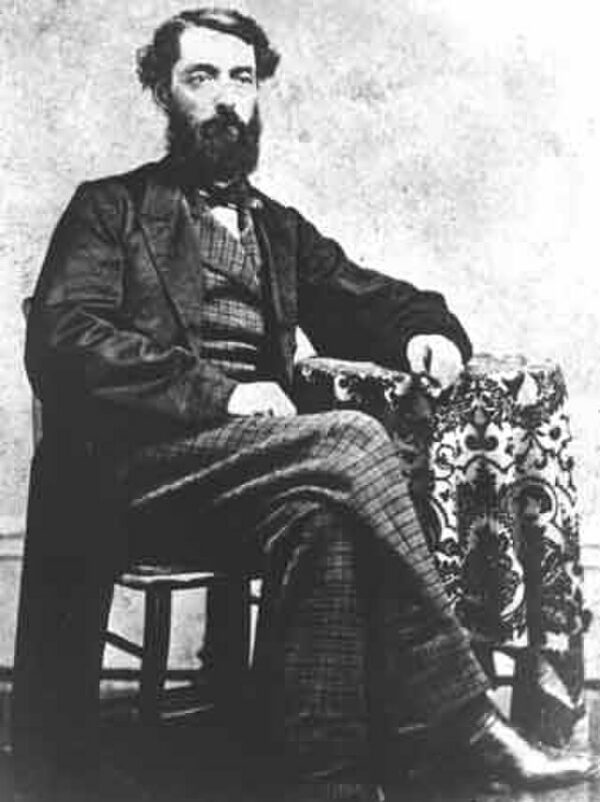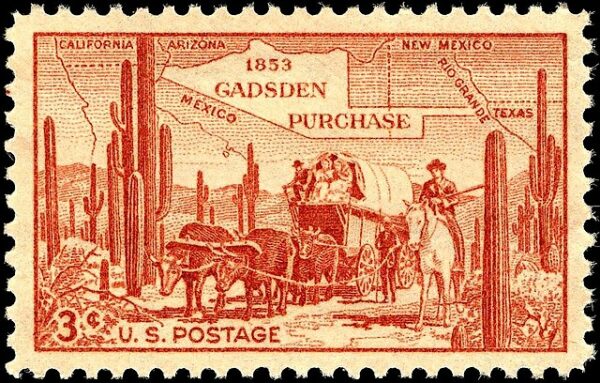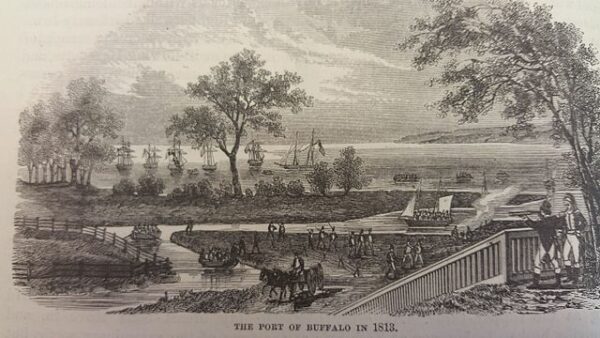On the late summer of 1859, the world of energy shifted dramatically toward petroleum. On August 27, 1859, Edwin L. Drake—working on behalf of the Seneca Oil Company (formerly the Pennsylvania Rock Oil Company)—succeeded where many before him had failed. Along Oil Creek near Titusville, Pennsylvania, he drilled to a depth of just 69.5 feet and struck oil, using a cast-iron drive pipe borrowed from salt-well drilling methods to overcome unstable ground. What he discovered was more than just a pocket of oil. It was the first well in the United States deliberately drilled for petroleum and, crucially, the first to prove commercially viable.
Petroleum had been gathered in small ways before, skimmed off surface seeps or incidentally drawn from salt wells, but Drake’s well demonstrated that oil could be tapped deliberately and reliably in sufficient quantities to support a new industry. Almost immediately, the Titusville discovery unleashed a frenzy. Speculators, drillers, and entrepreneurs poured into the region, intent on capitalizing on what seemed an endless resource. Production from the well itself was reported at between 25 and 40 barrels a day, a level of output that dwarfed what could be collected from natural seeps and provided proof that petroleum could replace other sources of fuel.
The effect on Titusville and the surrounding valley was electrifying. The once-sleepy settlement of a few hundred swelled to over 10,000 residents within five years. Neighboring towns such as Oil City and Pithole sprang up, experiencing the meteoric rise and fall typical of frontier boomtowns. Railroads extended their reach into the area, and in short order, pipelines and refineries were constructed. A sprawling oil economy began to take shape almost overnight, reshaping patterns of trade and investment. For the first time, petroleum became more than a curiosity—it was a cornerstone of economic growth.
Despite the monumental nature of his achievement, Edwin Drake did not profit greatly. He never patented the drilling methods that bore his name, and during the Civil War he engaged in financial ventures that left him deeply indebted. By the end of his life in 1880, Drake was largely forgotten, honored more in retrospect than in his final years. The irony is striking: the man who unlocked the industry that would power the industrial world died in poverty. Only later was his role fully recognized as a turning point in global history.
The broader consequences of the discovery were immense. Before Drake’s success, whale oil had been the dominant fuel for lamps, but dwindling whale populations and rising costs had made it increasingly untenable. Kerosene refined from crude oil quickly replaced whale oil, ending centuries of reliance on the dangerous and costly whaling industry. From there, petroleum’s uses multiplied—first in illumination, then in lubrication, and eventually in fueling internal combustion engines that transformed transportation. Plastics, petrochemicals, and countless derivatives would later follow, but it all began with Drake’s modest well in Titusville.
The Drake Well thus stands as the symbolic birthplace of the modern oil industry. What began as a risky experiment on a patch of Pennsylvania soil became the seed of an economic and technological revolution, reshaping not only the American landscape but the world’s. Today, the site is preserved as the Drake Well Museum, a reminder of the moment when oil first entered human affairs on a grand scale. The well that gushed just 25 to 40 barrels a day launched a chain of events that would alter economies, industries, and nations, heralding the age of petroleum that continues to define modern life.






